
About juvenile diabetes
Juvenile diabetes is an older term for diabetes mellitus type 1 or IDDM. It is a form of diabetes that results from certain autoimmune processes marked by the destruction of beta cells from pancreas that produce insulin. This leads to high levels of glucose in the blood and urine. Juvenile diabetes is characterized by frequent urge to urinate, excessive thirst and hunger, as well as weight loss.
People who are diagnosed with juvenile diabetes have to take insulin indefinitely, otherwise the complications that may arise can be fatal. Even though proper treatment and discipline in testing and dosing of insulin allows a person to have a normal life, this disease can be quite a burden, especially considering some of its side effects.
One of the less serious side effects or symptoms of juvenile diabetes are skin problems, such as dry skin.
Dry skin and juvenile diabetes
The effects of abnormal sugar levels, characteristic for diabetes, are various and affect several body functions and systems. When it comes to the skin, patients with juvenile diabetes often find their skin to be excessively dry. Dry skin causes a lot of discomfort because it feels tight and itchy and looks dull, aged and flaky. There are many self-care measures to be adopted in order to overcome or manage dry skin associated with diabetes.
It is important to try not to cause further drying of the skin. This can be done by avoiding factors known to be contributors to xerosis or dry skin, such as harsh weather, excessive exposure to the sun, chemical products and similar.
It is recommended to avoid taking baths and to shower instead, using lukewarm or mildly warm water, not very hot, especially if the weather or the indoor air are dry. indoor humidifiers also help.
Soaps and other cosmetic products should be mild and pH neutral, free from preservatives and artificial colors. Products used for moisturizing the skin, like various body lotions and face creams, should be mild, preservative-free and designed for dry and sensitive skin.
Other skin issues
Dryness is just one of the skin problems associated with juvenile diabetes. This disease often causes skin itching, which can be quite severe. If the skin is scratched, it can easily break, especially considering the dryness. Itching is mainly associated with poor circulation in diabetes and it mostly affects the lower part of the body, especially the legs. A skin condition called eruptive xanthomatosis, characterized by itchy yellow bumps all over the skin, is often caused by poorly managed and treated juvenile diabetes, especially in male patients.
Juvenile diabetes also increases the risk of fungal infections of the skin, such as athlete’s food, jock itch and nail infections.


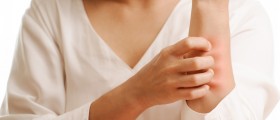

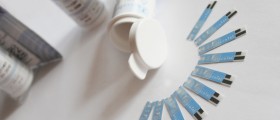
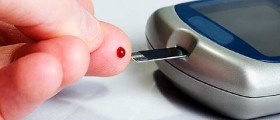


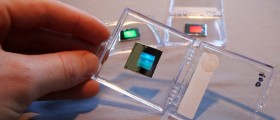

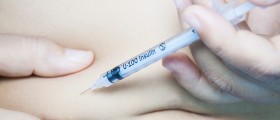

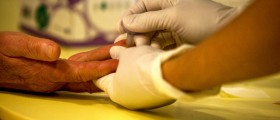
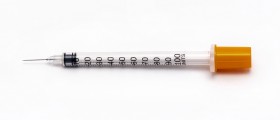



Your thoughts on this
Loading...